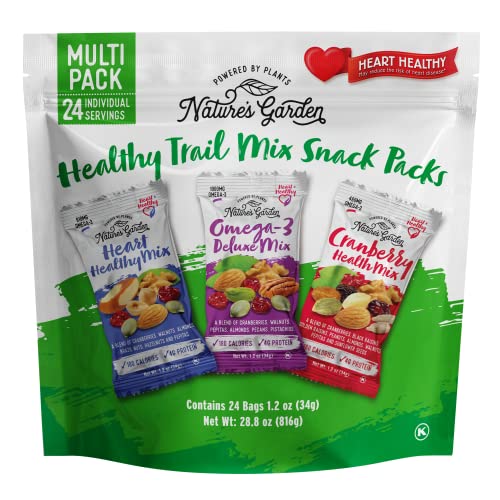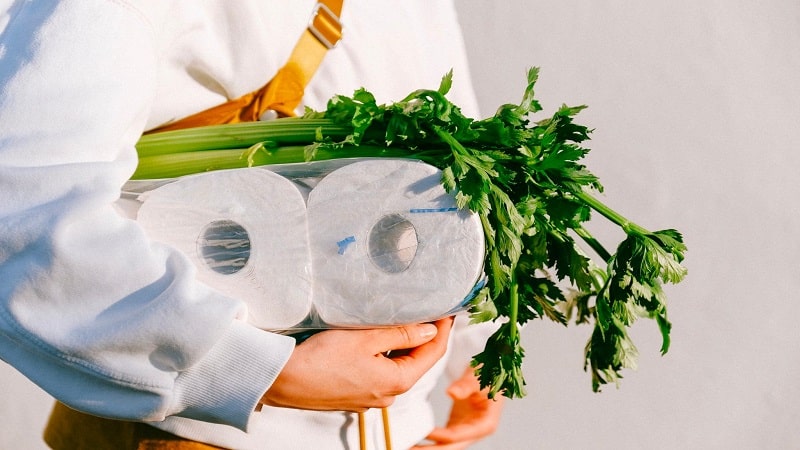As a parent, finding the right snacks for toddlers can feel like a daunting task. We want to keep our little ones happy and satisfied while ensuring they’re eating healthy and safe options. With so many choices out there, it’s easy to get overwhelmed.
Overview of Snacks for Toddlers: Safe and Healthy
Snacks for toddlers need to strike a balance between nutrition and safety. Healthy snacking not only satisfies hunger but also aids in growth and development. Toddlers require a variety of nutrients to fuel their active lifestyles. Choosing snacks that are rich in vitamins, minerals, and fiber is essential.
Safe snacks should be easy for small hands to grasp and chew. Avoid small, hard items that pose choking hazards. Instead, opt for bite-sized fruits like bananas and soft, cooked vegetables such as sweet potatoes. Whole grain options, like plain oatmeal or whole grain crackers, provide important nutrients without added sugars.
Creative snacks can keep toddlers engaged and excited about what they eat. Consider making fruit skewers with grapes, melon, and soft cheese. Another fun option involves peanut butter or almond butter spread on whole grain toast, topped with banana slices. These combinations deliver healthy fats and protein.
Checking ingredient labels helps identify snacks low in refined sugars, unhealthy fats, and preservatives. Prioritizing whole, minimally processed foods ensures that toddlers receive the best nutrition. Snack time can be a wonderful opportunity to introduce new flavors and textures, making healthy choices enjoyable for little ones.
Nutritional Requirements for Toddlers
Understanding toddlers’ nutritional needs helps in selecting the right snacks. I focus on offering snacks that contribute to their growth and well-being.
Essential Nutrients
Toddlers require a variety of nutrients to support their rapid development. Key nutrients include:
- Protein: Supports growth and the development of muscles and tissues. Good sources include yogurt, eggs, and legumes.
- Calcium: Necessary for strong bones and teeth. Dairy products, fortified plant-based milks, and leafy greens serve as excellent options.
- Iron: Crucial for cognitive development. Lean meats, beans, and fortified cereals can help meet their iron needs.
- Vitamins A and C: Promote a healthy immune system. Carrots, sweet potatoes, oranges, and bell peppers are great sources.
- Fiber: Aids digestion and keeps toddlers full. Whole grains, fruits, and vegetables provide necessary fiber.
Incorporating these nutrients in snacks ensures that toddlers receive balanced nutrition throughout the day.
Recommended Serving Sizes
Portion sizes for toddlers are important to prevent overeating while ensuring they receive enough nutrition. Here are some general guidelines:
- Fruits and Vegetables: Aim for ¼ to ½ cup of chopped fruit or veggies per snack. Bite-sized pieces are easier for toddlers to handle.
- Grains: About ½ slice of bread or 1 ounce of whole grain crackers provides healthy energy.
- Dairy: Serve ½ cup of yogurt or 1 ounce of cheese to support calcium intake.
- Protein: Include 1 ounce of meat, fish, or plant-based protein sources like beans or lentils.
These serving sizes help maintain a balanced diet while keeping snack time enjoyable for toddlers.
Safe Snack Options
Finding safe and healthy snack options for toddlers excites me. I love creating snacks that not only satisfy cravings but also support little ones’ growth and development. Here are some of my favorite safe snack categories.
Fruits and Vegetables
Fruits and vegetables are essential for toddlers, packed with vitamins and minerals. I love using bite-sized pieces of soft fruits like bananas, peaches, and ripe pears. Steamed carrots and sweet potatoes make excellent finger foods too. I sometimes prepare fruit skewers with a mix of colorful options to keep snack time fun. Remember, these snacks should be easy to chew and swallow, avoiding hard pieces that can cause choking.
Whole Grains
Whole grains provide toddlers with necessary fiber and energy. I recommend offering whole grain crackers, oats, or small whole grain muffins. Another favorite is whole grain toast topped with nut butter and banana slices. These options keep toddlers full longer and provide essential nutrients. Just check for added sugars and prioritize options with minimal processing.
Dairy Products
Dairy products offer protein and calcium, key for toddlers’ growth. I enjoy serving plain yogurt or cottage cheese, adding a sprinkle of cinnamon or fresh fruit for flavor. Small cheese cubes or sticks make a great snack too. These dairy options are nutrient-rich and often beloved by toddlers, making them an easy choice for parents. Just be cautious with added sugars in flavored yogurts and always opt for low-fat varieties when possible.
Tips for Preparing Healthy Snacks
Preparing healthy snacks for toddlers can be both fun and rewarding. Focusing on fresh ingredients and balanced nutrition makes snack time a delightful experience.
Portion Control
Portion control plays a crucial role in preventing overeating and ensuring toddlers satisfy their hunger without feeling overwhelmed. I often aim for serving sizes like ¼ to ½ cup of fruits or veggies, which keeps it manageable for little hands. For items like whole grain crackers, I serve about 1 ounce, and for dairy, around ½ cup of yogurt or 1 ounce of cheese works well. Keeping these portions in mind helps toddlers learn about their own hunger cues, creating a healthier relationship with food.
Avoiding Allergens
Avoiding allergens is key when preparing snacks for toddlers. I pay close attention to common allergens like peanuts, tree nuts, dairy, eggs, and gluten to ensure safety. When introducing new foods, I start with small amounts, observing for any adverse reactions. Using alternatives such as sunflower seed butter instead of peanut butter allows me to create delicious options without the risk of allergens. Always checking ingredient labels for hidden allergens helps provide peace of mind while keeping snack time enjoyable and safe.
Conclusion
Finding the right snacks for my toddler can be a bit of a juggling act but it’s so rewarding to see them enjoy healthy options. By focusing on safe and nutritious snacks I can help foster their growth and development while keeping snack time fun.
I love getting creative with bite-sized fruits and soft veggies that are easy for little hands to manage. It’s all about balance and variety and I’ve found that introducing new flavors and textures keeps my toddler excited about eating.
With a little planning and a keen eye on ingredients I’m confident I can make snack time both enjoyable and nourishing. After all, happy and healthy toddlers make for happy parents too!
















